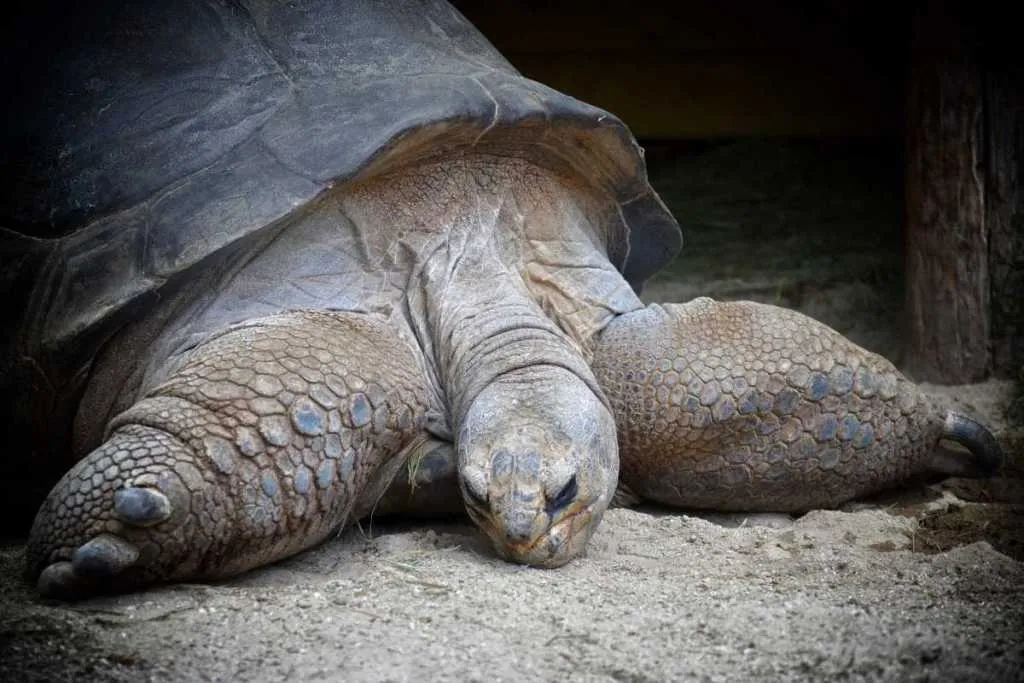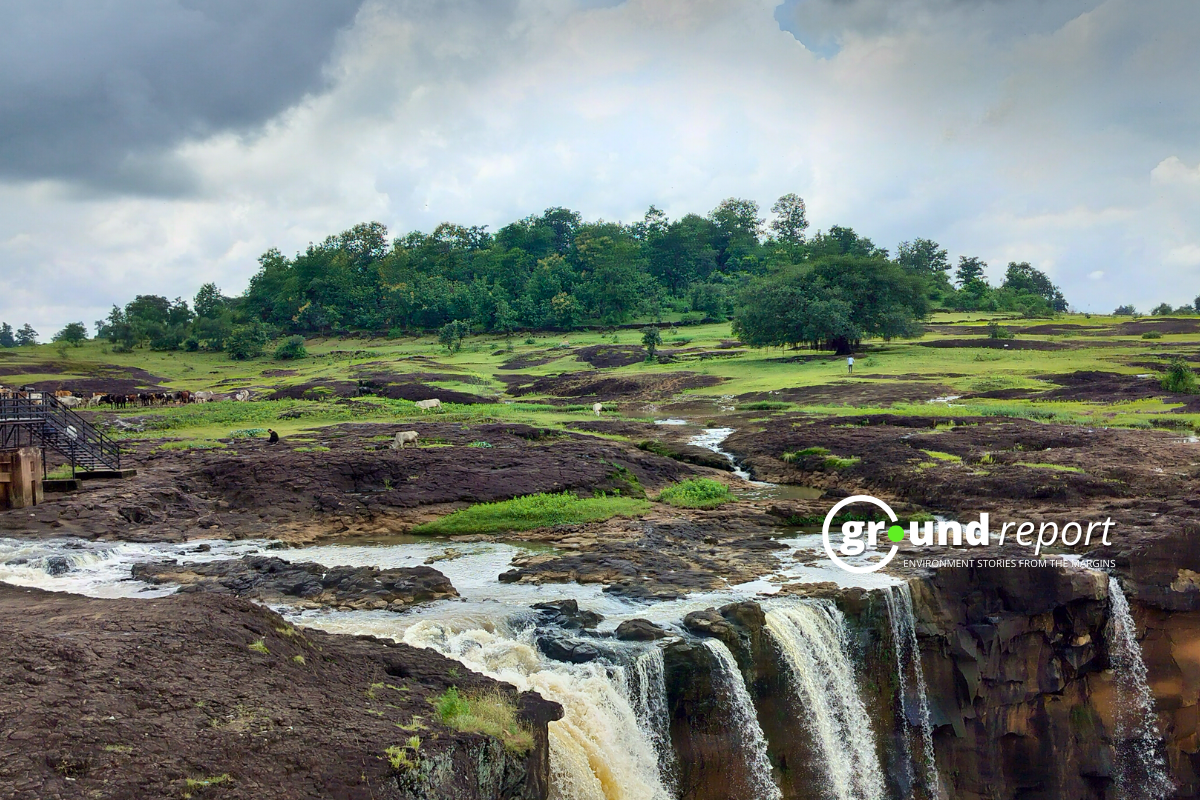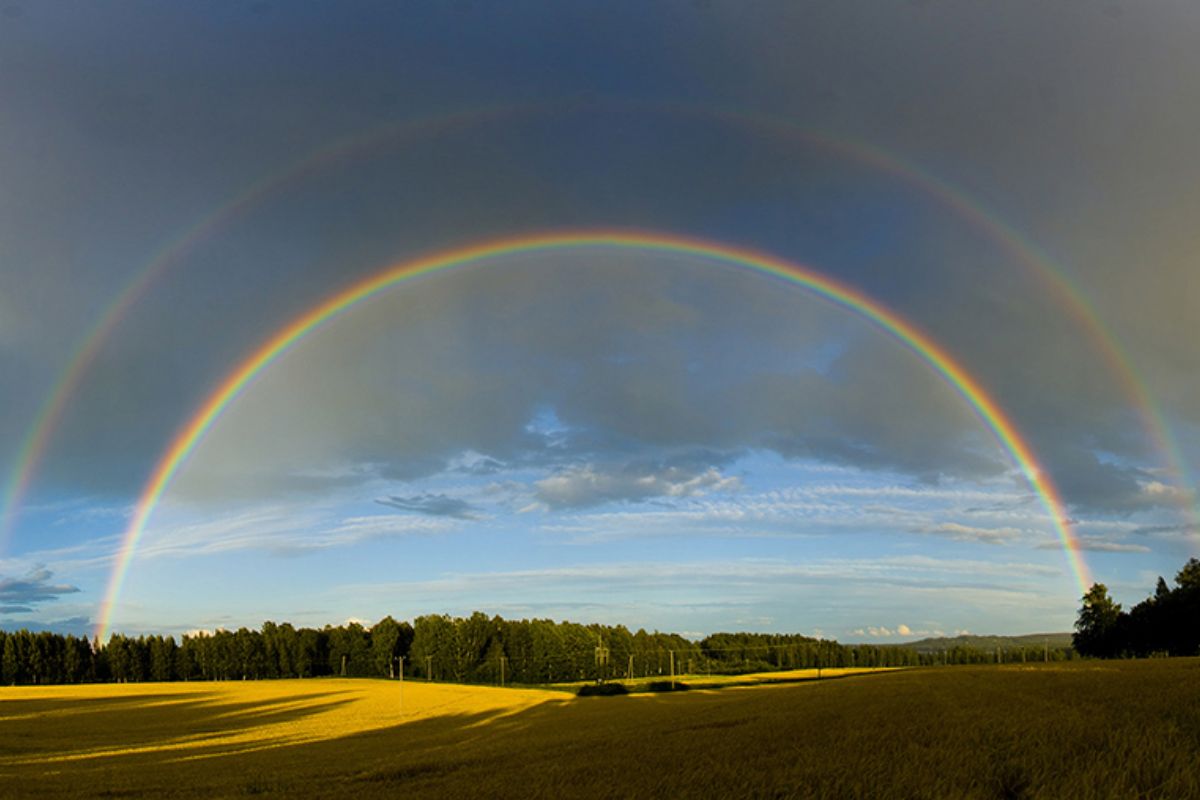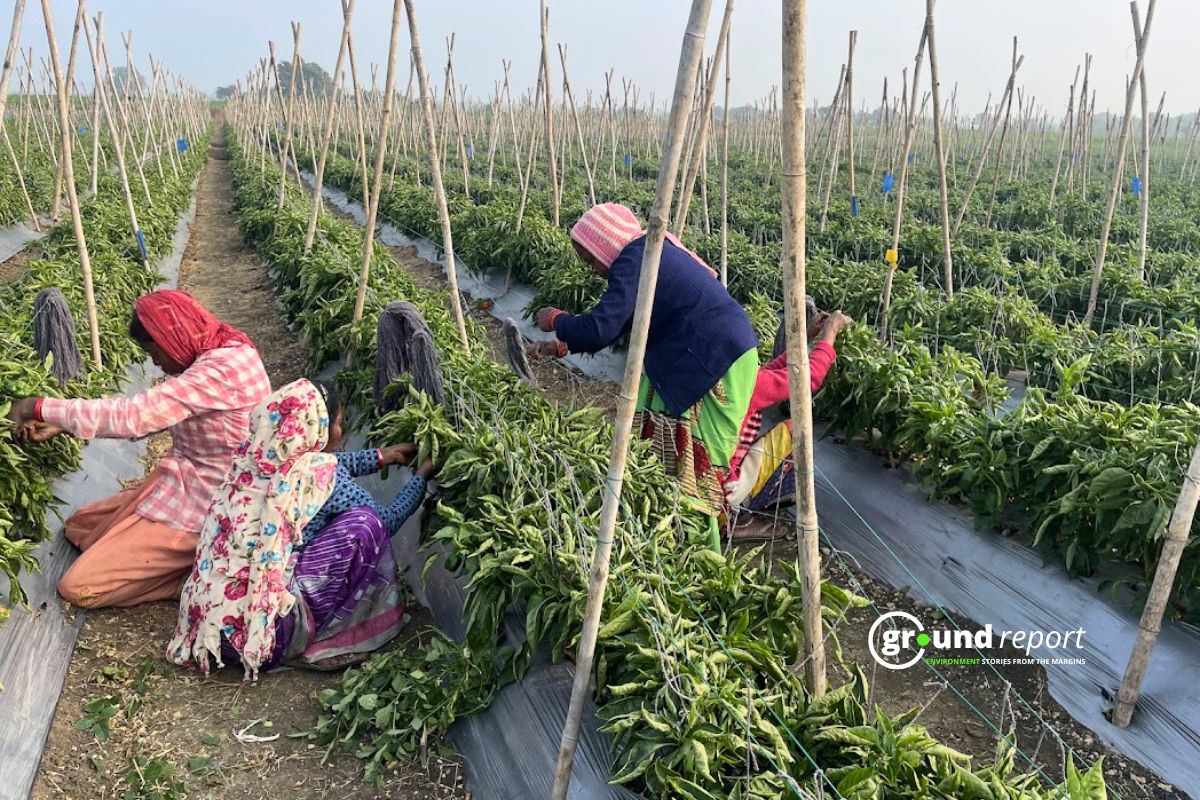NITI Ayog, the Government of India, has prepared a 75,000 crore project to develop two world-class greenfield coastal cities in Andaman and Nicobar Island on the lines of Hong Kong, Singapore, and Dubai, this project has been named ‘Sustainable Holistic Development of Great Nicobar Island’.
Under this project, there is a plan to build an international transshipment terminal, greenfield international airport, thermal power plant, solar power plant, and a township. Its objective is to make Nicobar Island a major player in the Maritime and Cargo Shipment industry and to develop a tourism industry like the Maldives.
The government estimates that more than 1.5 lakh jobs will be created here in 30 years.
But environmentalists and biologists say that this project will completely ruin the Biodiversity of the Andaman and Nicobar Islands. So let us know what is the Holistic Development Plan of Nicobar Islands and why is it being opposed?
It is being said that, Anything that impacts nature irreversibly is not sustainable. Anything that impacts sustainability is not holistic.
A proposed transshipment port – with an airport, power plant, and residential area – would take up 18% of the island, with large potential impacts on indigenous Shompen people and the great variety of wildlife including migratory leatherback turtles.
Sustainable and Holistic Development Plan of Nicobar Islands

Dense forests
About 82 percent of the area of Andaman and Nicobar is surrounded by forests, national parks, and reserved places. Its total area is 910 square kilometers. This project will be built on a 166 square kilometers area. It has a dense forest in 130 square kilometers area which will be diverted for development. An 84 square kilometer area of this land was reserved for tribals, which will be identified.
Endangered Giant Leatherback Turtles
The most controversial part of the project is the construction of the transshipment terminal to be built on Golathia Bay, a nesting ground for endangered leatherback turtles. With the construction of the terminal, the entry passage of the turtles will be shortened. The Environment Impact Assessment Report (EIA) prepared by NITI Aayog says that between November and February when turtles have nesting time, the work will be stopped here, terminal lights will be dimmed, sound mufflers will be used and deflectors will be used. so as not to disturb them.

Giant leatherback turtles are a globally endangered species, with Great Nicobar Island being one of the few places in the world to have nesting sites for these turtles.
1700 Animal Species
Coral reefs will also be destroyed by this project, which is planned to be transplanted to other places.
Townships, airports, and thermal power plants will be built on dense forest cover, which will harm biodiversity. The government says that the animals and birds that will be affected by this, will migrate to another place, where there will be dense forests or they will be relocated.
Shompen Tribe
The Shompen or Shom Pen are the indigenous people of the interior of Great Nicobar Island, part of the Indian union territory of Andaman and Nicobar Islands.
The thermal power plant will be built very close to the areas of the tribal Shompen here. This tribe does not have contact with the outside world and is completely dependent on nature for its needs. Of the total 8,000 population of Andaman, 237 people belong to this tribe. The government says that these people will not be tampered with during the project. Their area will be marked with barbed wire.
The township that will be built will have a living arrangement for six and a half lakh people. At present, the total population of Andaman is a little more than 8000.
There is also opposition to this project because the 16-member team constituted to prepare the Environment Impact Assessment Report of this project, has only one ecology and biodiversity expert. In this report, there is no logical talk about the damage caused to the environment by the project.
Also, the EIA report doesn’t mention a plan for the disasters like 2004 Tsunami. This project is being built in an earthquake-affected area, if there is any disaster here, then all the investment will go into the water and the chemicals and oil coming out of it will badly ruin the environment here which is known all over the world for its biodiversity.
Trees will be cut in large numbers, coral reefs will be destroyed, more than 1700 animal species that are found here will be harmed, and the Shompen tribe who actually owns this land will be banned from roaming in the forests.
Support us to keep independent environmental journalism alive in India.
Keep Reading
MP farmers battle stray animals, sleepless nights to protect crops
Indore’s Pipliyahana Lake struggles to survive, even after conservation measures
Costliest water from Narmada is putting financial burden on Indore
Changing weather pattern impacts soybean crops in Dewas region of MP
Follow Ground Report on X, Instagram and Facebook for environmental and underreported stories from the margins. Give us feedback on our email id greport2018@gmail.com.
Don’t forget to Subscribe to our weekly newsletter, Join our community on WhatsApp, Follow our Youtube Channel for video stories.










